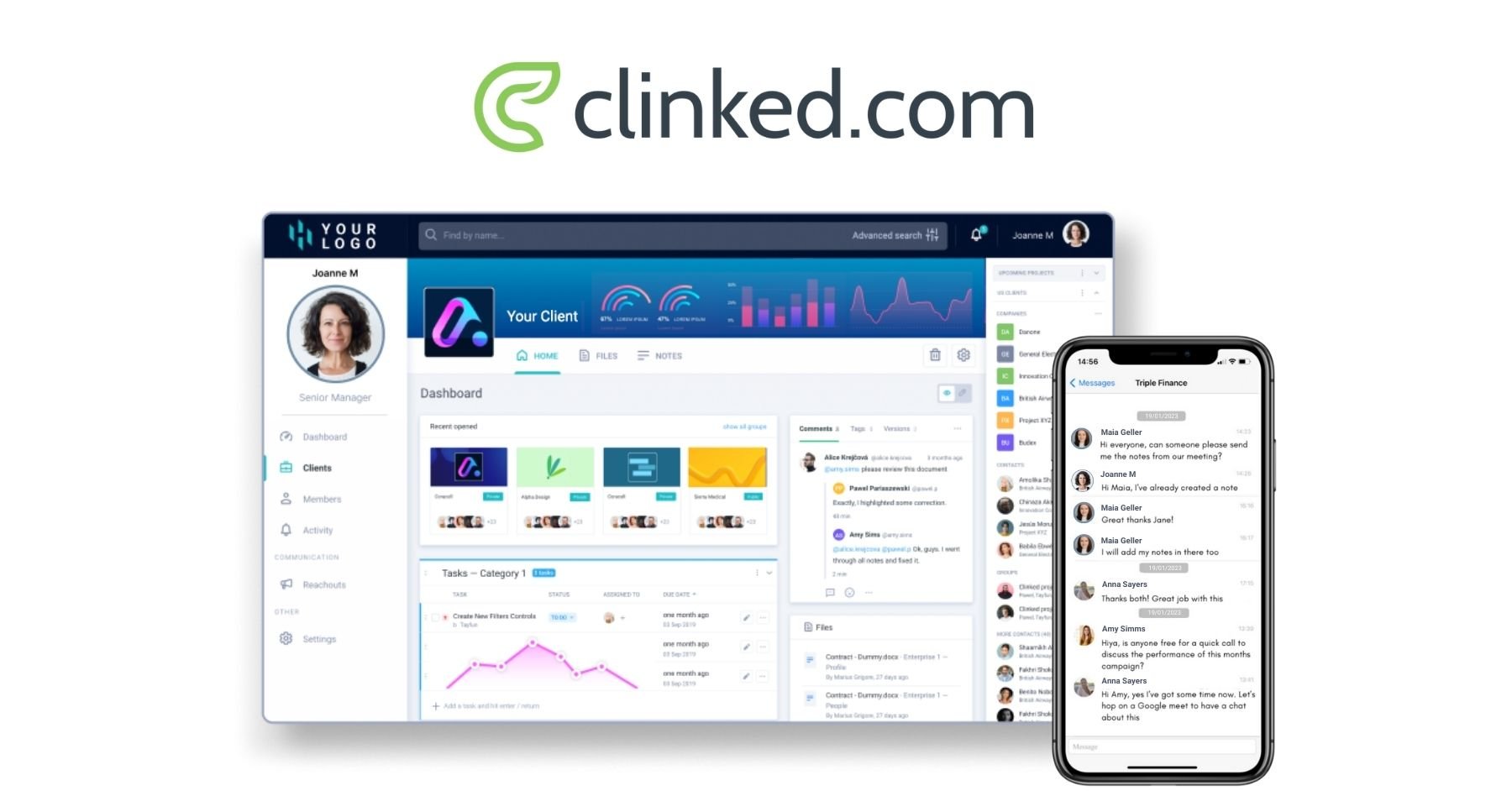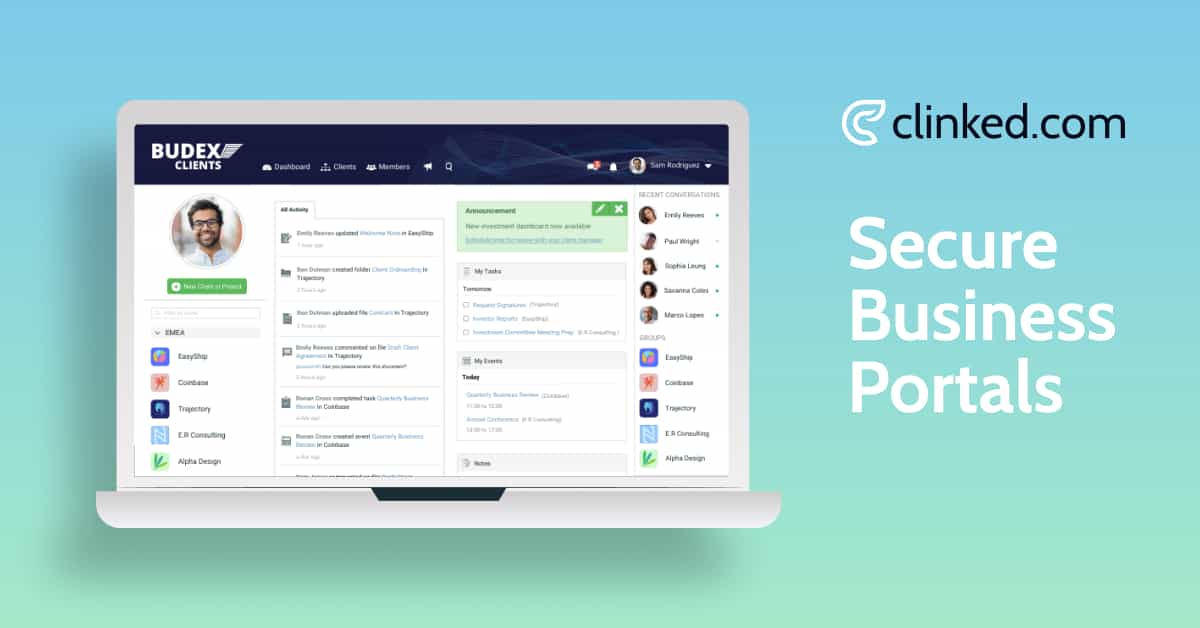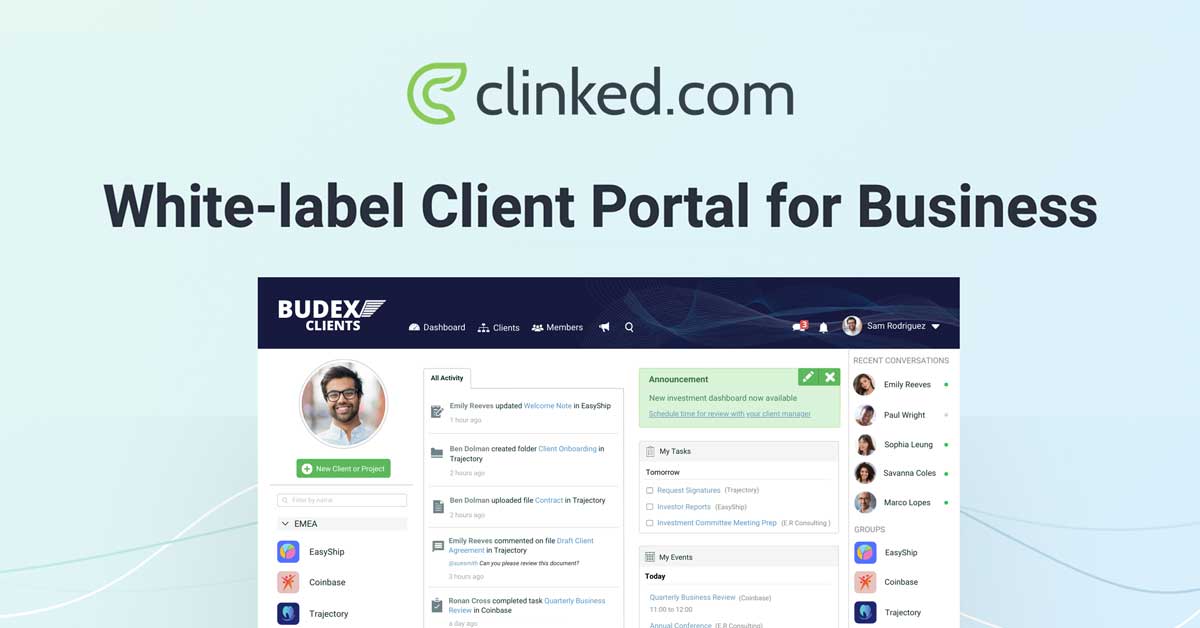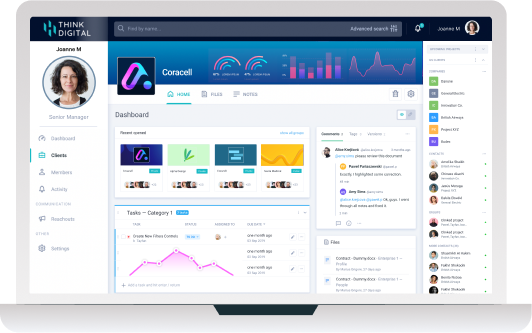Cloud collaboration is becoming standard for most businesses. With over 94% of businesses already using at least one type of cloud service, they are seeing a general spend of about 30% of their entire Information Technology (IT) budget on cloud computing. Making the move from local storage to the cloud is no longer an option for enterprises, it is a necessity.
Collaboration over the cloud allows teams to work on projects at the same time, no matter where they are located. Cloud collaboration gives an affordable, scalable, and accessible toolset to employees for them to communicate, collaborate, and interact with one another.
For managers, these tools will give an excellent way to always be in the know with what is happening on various projects, and with the team. It is a fact that there are a multitude of benefits to working with cloud collaboration, but for an enterprise to get the most out of it, it must use the right tools.
What Is Cloud Collaboration?
Cloud collaboration is a method for teams to collaborate and work together on documents that are stored in the cloud, and everyone is able to have access to the same files and edit/update them in real time.
Members on the team with the correct permissions can edit and view the documents from any location, at any time, even when more than one person is working at the same time. Any changes that are made are immediately visible to any team member, and the file is also updated in real time so that everyone is working off of the same version of the file.
This gets rid of any confusion that can occur when multiple versions of the same file are being sent back and forward between team members, and the mess that can be caused by attempting to merge multiple files. Hybrid workforces and remote working are two areas that have benefited greatly from the rapid advances in cloud collaboration and computing. Being in the same room is no longer a necessity to work on a project together efficiently and effectively.
A recent survey found that 86% of employees thought that a lack of communication and collaboration caused failures in the projects that they had worked on. This is another main reason why so many companies are turning their focus towards cloud services. The global business collaboration market is expected to reach $48.1 billion by 2024.

Benefits of Cloud Collaboration
Improved Team Collaboration
When files are kept in a centralized location online, it makes it much easier for people to find and access them. Emails do not have to be searched through every time a file is being looked for, and constant emailing is not needed to ensure that all team members have the same updated version of the file.
Discussions are also easier to have when the correct version of the file is being used by everyone, literally making sure that everyone is on the same page. All of the team members have access to all of the files and project details, and this results in much improved participation from the employees. It makes team members feel like their voice is heard, as everyone has the same opportunity to give their input to the project.
Quicker Access To Big Files
Pretty much all of the main email servers are not equipped to handle files that are larger than 20-25MB. In order to send files that are bigger than this to colleagues, they would normally have to either be shared physically through USB drives, or with cloud computing, the much easier option is to just upload it to a cloud storage provider. This allows teams to work remotely, as they do not have to be in the office in person to share files.
Better Support for Remote Employees
Applications that are based in the cloud allow remote employees to work together and collaborate with the team, even though they might not be in the same continent as them! In fact, you might say that the whole reason that remote working is possible is because of the success of cloud collaboration. Without it, employees would get buried under a sea of emails and productivity would be extremely low.
Embracing the Bring Your Own Device (BYOD) Trend
Over 67% of current employees choose to use their own devices for work, and over 69% of managers and decision makers within enterprises think that BYOD gets good results in the workplace. It was found that employees work at least two extra hours when they work from their own machine.
Cloud Collaboration Tools
A system for cloud collaboration usually includes various tools that help document sharing, project management, and communication. The system a business chooses must suit their needs, with smaller businesses usually using a standard package, and larger businesses typically going for a bespoke solution.
Communication-based
The communications section of the system generally include video conferencing, phone systems, instant messaging, and group chat. It can also offer unified messaging, where just one inbox takes care of all types of communication, like voicemails, emails, and texts.
Software
Software programs are usually utilized to maintain, create, support, and debug other programmes and applications. Services like Bitbucket and GitHub allow developers to collaborate on certain projects.
Documentation
Tools for documentation allow for the storage and access of files with any device that the user desires, using collaborative editing and authoring features. Popular tools that provide this service are Dropbox and Google Docs, which sync files while they are being edited.
Project Management
Programs like MS Project, Trello, Basecamp, and Asana give team leaders the ability to track tasks and objectives and also monitor projects’ progress. These programs allow the use to assign various tasks to individuals, move projects forward, and update shareholders.
So, what is your opinion on cloud collaboration? Do you use it, and do you find a difference between collaborating through the cloud and traditional collaboration methods? Clinked would love to hear your thoughts and opinions in the comments below!
About Clinked
Clinked can offer flexible cloud options for businesses and full white-label customisation options. Private cloud solutions are available to Enterprise clients who want an extra level of security and improved performance compared to the standard public cloud platform. Using Clinked via a dedicated private cloud would be the equivalent of having Clinked installed on your on-premise servers.
If you’d like to find out more about Clinked’s cloud software offering, book a demo with us today to see the platform for yourself.
More about cloud collaboration portal:
- 8 Questions To Ask Before Purchasing Customer Portal Software
- Customer Portal Examples
- Business Portal: Your Options
- Is Clinked customer portal software right for my business?
- 6 Features That Make The Perfect Client Portal Solution
- Fighting the Barriers to Effective Client Collaboration
- Customer Portal Software: Top 6 in 2023
- 4 Signs That Customer Portal Software Is The Right Solution
- Portal Companies: Top 10











Let Us Know What You Thought about this Post.
Put your Comment Below.